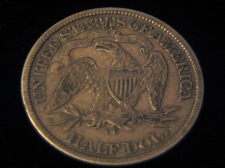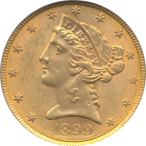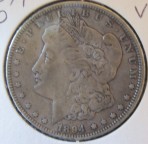Coins: Breaking a Date Roll
The question I’d like us to ponder is when a date roll breaks, what is optimal for maximizing value? I believe there is a mathematical model for this. What does the model look like? I have a theory, but we’ll look at it another day. For the meantime, let’s bring to light a few possible decisions while allowing you to determine optimization of value with the discussion of roll-breaking analyses.
A good question to ask is whether the roll is a common date, scarce date, or rare date; let’s assume that these are the only categories of availability.
If the roll is of a common date, it probably won’t matter if the roll is broken and submitted for grading. Once the roll is submitted for grading the grades are put on the population report. When the coins hit the market, the roll is unlikely to affect prices.
If the roll is a scarce date, we are getting warmer with importance. One roll of a scarce date could yield a change in wholesale and retail prices for the date. The change would likely be a touch downward.
If the roll is a rare date discovery, the breakup of the roll could be a bit tricky; the coins could be metered out one or a few at a time. They could be graded all at once or one to a few at a time.
A Couple of other Necessary Considerations
1. Once submitted for grading, coins go on the population report of whatever grading service they are submitted to and can only be removed from the “pop” report .
2. Do you tell other dealers about the roll or do you show only one to a few of the coins of the roll to other dealers?
3. Do you attempt to locate a collector, or two collectors, who would maybe pay a premium for the intact roll? Unlikely, I don’t know if this has ever happened or would happen; the thought seems contrary to the common manner in which a roll would be divided to maximize sale value.
4. Do you sell the coins in auction or sell them privately? How many do you sell at a time?
5. Do you sell one every six months, grade one every six months? Do you sell one, once per year; grade one, once per year?
Thank you for writing with meaningful remarks and additional questions.
-The Numismatic Enthusiast



